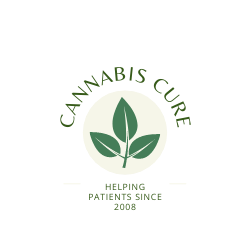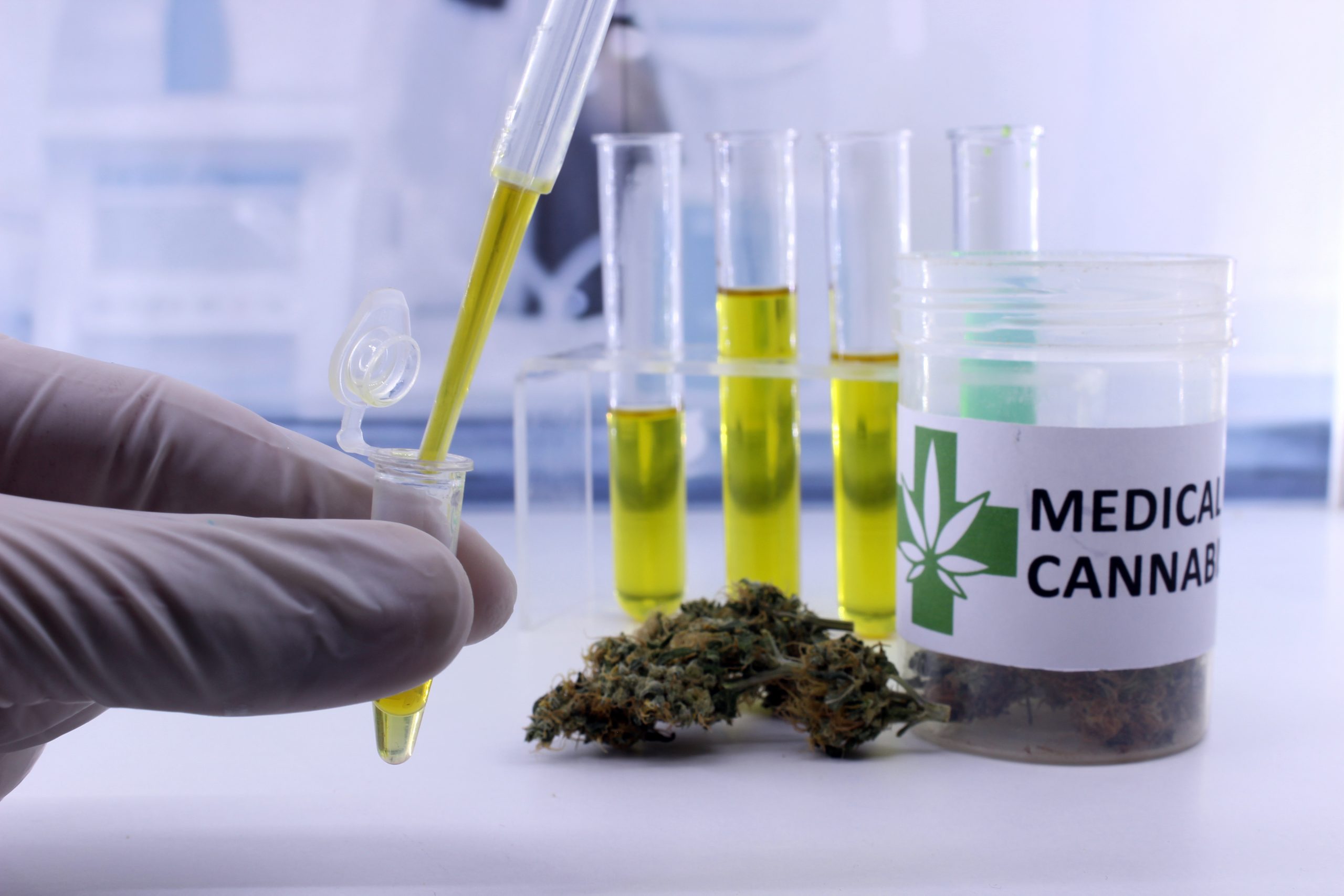The Cannabis Plant – An Overview of Medicinal Cannabis
Cannabis sativa is a member of the Moraceae family and can grow to between 3 and 15 feet (1 and 4.5 meters), depending on the variety.’ Landrace is the term used to describe a wild-growing cannabis strain that has evolved in the isolation of a specific geographic region. Over time, these isolated strains began to evolve their own distinct traits best suited for survival in their region.
Cannabis strains as we know them today are the result of crossbreeding and hybridization of these distinct landraces. Hemp is the common name for plants of the entire genus C. sativa, although the term now refers only to cannabis strains cultivated for fibre and not drug crops. Botanists still cannot agree as to which family cannabis belongs; initially, it was classified as one of the Nettle family (Urticaceae), although this was based more upon visual characteristics. It was later reclassified into the Fig family (Moraceae). However, this is still causing disagreement, so cannabis is now classified as Cannabaceae, along with the genus of hop plants. In most studies, hemp and hops are not separated from each other but are reported as hops/hemp or Cannabaceae.
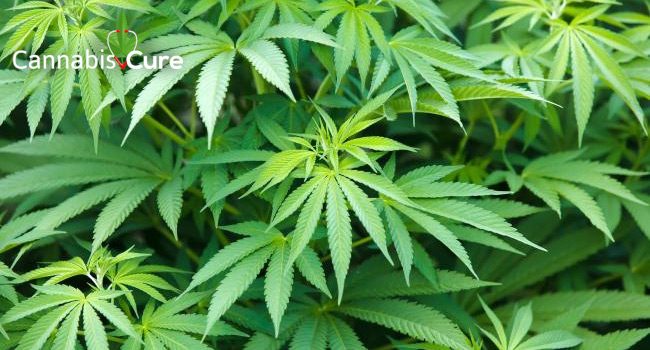
Cannabis is dioecious; meaning that the plant will be either male or female. In unusual circumstances it can develop into a hermaphrodite (monoecious) plant; this means that both male and female flowers appear on the same plant. Only the female produces flowers containing significant amounts of cannabinoids. These flowers are referred to as “buds” and they are more potent if the female is unfertilized by the male. These flowers are also known as sensimilla, meaning seedless in Spanish. Males and hermaphrodites are of no use to the medical or recreational cannabis consumer so growers must ensure that they cultivate only female plants by either taking cuttings from an established female mother plant or by starting the crop with feminized seeds to guarantee an all-female crop.
To regulate its development, the plant reads the amount of light it receives using a hormone called phytochrome, which acts as a photoreceptor, and is basically a pigment that plants use to detect light. When a cannabis plant receives over 12 hours of uninterrupted daylight, it deduces that it is early in the season and grows in what is referred to as the vegetative stage. This is when growth is focused on developing roots, branches, and leaves. Once the amount of daylight falls below 12 hours, the plant changes its growth cycle into the flowering stage. This occurs naturally in the fall (autumn) as the plant prepares to breed and produce seeds for the following year, before dying back. Indoor growers can manipulate the light cycle without causing any problems to the plant by using timing switches on artificial lights that force the plant into thinking the season has changed. The flowering stage can be induced after as little as two weeks’ vegetative growth. Outdoor growers can affect the same response in their plants by covering them or placing them in a dark room to ensure they are only receiving 12 hours of sunlight or less.
There is no difference in the cannabinoid content of plants flowered after only two weeks’ vegetative growth when compared to those given a longer vegetative period. The plants receiving the shorter period will simply be smaller and yield less.
There are three distinct cannabis drug varieties grown specifically for their compounds, a complex fusion of approximately 60 different cannabinoids and over 400 active components, principally THC (delta-9-tetrahydrocannabinol).
These are:
Cannabis Sativa
This landrace originates from equatorial regions and its plants can reach heights more than 15 feet (4.5 meters). They produce thin, spiky leaves and
massive colas (where the flowers or buds grow together tightly) that are not very dense. Pure cannabis sativa strains are not generally used for indoor cultivation due to their size and maturation time. Cannabis sativa can take up four to eight times the space of a compact cannabis indica variety. There are now many hybrid varieties available for grow room cultivation, where the harvested flowers benefit from a high calyx-to-leaf ratio (meaning there are fewer leaves to trim from the finished buds).
Cannabis Indica
This landrace originates from the mountainous regions of Central Asia. Local strains were collected from Kashmir, Pakistan, Northern India, and Nepal during the early 1960s and these native plants became the gene pool for many of today’s varieties. They are characteristically stocky and hardy plants that produce broad, maple-like leaves and rarely reach heights more than 7 feet (2 meters) outdoors, producing heavy, tight flowers that are high in psychoactive content. Cannabis indica or indica-dominant hybrid plants are ideal for grow rooms and smaller medical cultivation setups.
Cannabis Ruderalis
This is a debated third landrace of cannabis found in Russia, Poland, and other Eastern European countries. Schultes classified cannabis as having three species-sativa, indica, and ruderalis- based on the formation of the seed pods. There is still some debate as to whether there is justification for this third category. The features of Cannabis ruderalis plants are large seeds and weedy plants around 5 feet (1.5 meters) tall that produce lower levels of THC than C. sativa or C. indica. However, it is a hardy plant that flowers early, in most cases regardless of the photoperiod. This auto-flowering gene has been bred into the strains of auto-flowers.
Ruderalis flowers tend to be sparse and do not produce the same yields as other varieties, but it is a reasonable plant to use for medicinal cultivation as some strains can be high in CBD. Auto-flowering plants are crossbreeds between cannabis ruderalis (which gives them the automatic flowering trait) and cannabis indicia and/or cannabis Sativa strains. These plants are not dependent on the light cycle to induce flowering; instead, the process triggers automatically when the strain is ready. This is generally a few weeks after planting, with a further five to seven weeks until harvest. The origins of auto-flowering cannabis plants are the subject of much debate, but one theory is that ruderalis genetics were introduced from a hybrid-cross of Mexican Sativa and Russian ruderalis plants. Another theory is that the early genetics came from a Finnish hemp strain called Finola. Due to the lack of vegetative period, auto-flowerers produce smaller plants with a slightly lower THC content because of the cannabis ruderalis genetics, but they are hardy plants that are well suited to both indoor and outdoor cultivation.
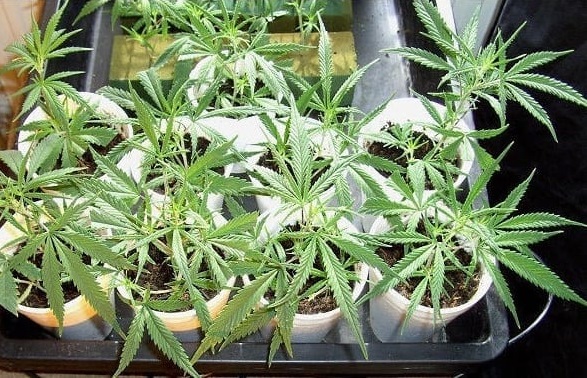
Cannabis as a Crop
Reproduction in cannabis plants takes place when the male (staminate) pollen is united with the female (pistilate) cells. The stamen is simply the biological name given to the male plant’s reproductive parts and the pistil is the name given to the female counterparts. Medicinal cannabis is principally grown for its flowering tops (also referred to as buds) and it is only the female plant that produces these. The male flower’s sole purpose is to fertilize the female plants. Once the flowers open, they disperse pollen, after which the plant dies back. As seeded buds are less desirable to medical and recreational consumers, knowledgeable cultivators identify any males in the crop and remove them, or Dry cultivated crops of known females taken as cuttings from mother plants.
Of the 400 or more chemical compounds found in cannabis plants, the four main ones are delta-9-tetrahydrocannabinol (delta-9-THC), cannabidiol (CBD), delta-8 tetrahydrocannabinol and cannabinol (CBN). Apart from cannabidiol, these compounds are all psychoactive, the most potent being delta-9-THC. Researchers from the University of Saskatchewan have discovered the chemical pathway that Cannabis sativa uses to create cannabinoids. Adjunct professor of biology Jon Page described the pathway as an unusual one that has never been seen in plants, involving a specialized version of one enzyme called hexanoyl-CoA synthetase, and another enzyme called olivetolic acid cyclase (OAC). The professor states: “What cannabis has done is take a rare fatty acid with a simple, six-carbon chain and use it as a building block to make something chemically complex and pharmacologically active.” Breeding and genetics define whether a cannabis strain is fibre hemp or has high cannabinoid content. Hemp grown for its fibre and seeds contains little THC, typically between 0.01% and 0.05% content compared to well over 15% in herbal cannabis grown for recreational or therapeutic use.
Fibre hemp strains contain only trace amounts of psychoactive compounds and none of these is contained within the seeds, so in most parts of the world, hemp seeds and their oil are legally available from most good grocery stores and health food outlets. Hemp seed is one of nature’s superfoods; high in protein and vitamins, it also provides a broad spectrum of health benefits including improved digestion, increased and sustained energy levels, rapid recovery from sickness or injury, lowered cholesterol levels and reduced blood pressure, with an associated improvement in blood circulation and natural blood sugar control. Regular hemp seed has also been shown to boost the immune system and help to prevent illness.
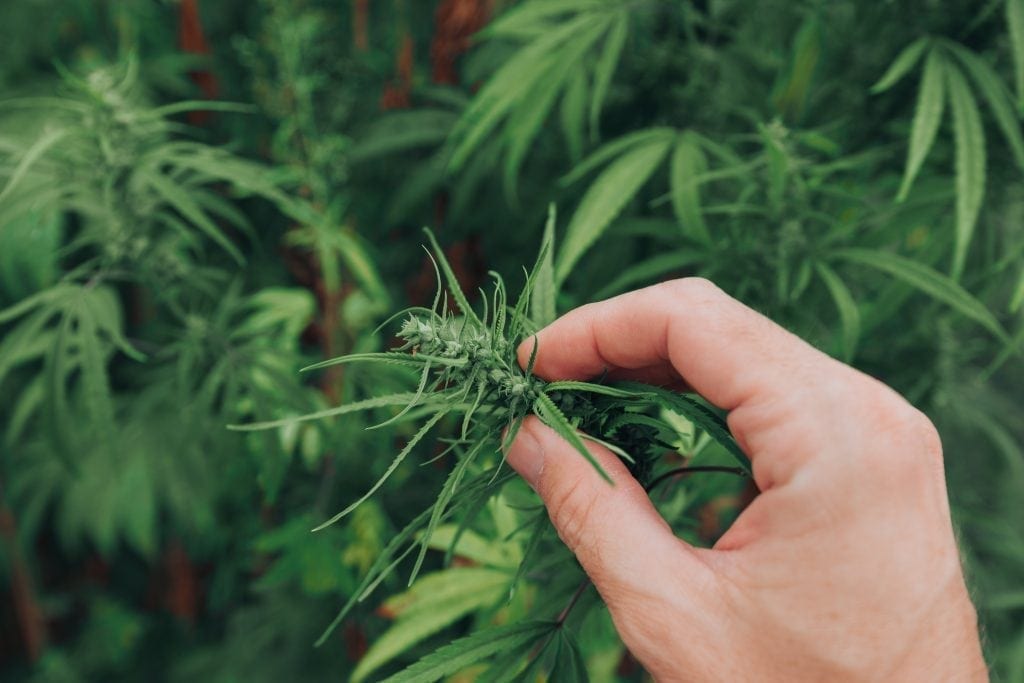
Cannabis hemp seed oil contains gamma-linolenic acid (GLA), an omega-6 fatty acid that is found mainly in plant-based oils.6 Omega-6 fatty acid is also known as polyunsaturated fatty acid (PUFA), one of the essential fatty acids. These acids are necessary for optimum health, but the body doesn’t naturally produce them. Along with omega-3 fatty acids, omega-6 fatty acids play a crucial role in brain function, as well as growth and development. They help stimulate skin and hair growth, maintain bone strength, and regulate metabolism, and they play an important role in maintaining the reproductive system.
Fibre hemp is grown outdoors in dense rows to encourage tall, upward growth that produces very little foliage. Mature plants form a dense canopy that blocks light and helps choke weed growth, leaving the growing field in good condition the following season, and substantially reducing the farm workload. Hemp is one of the fastest-growing biomass crops available; air-dried stem yields in Canada have ranged from 2.6 -14.0 tons of dry, retted stalks per hectare at 12% moisture (according to records dating back to 1998).
Hemp produces some of the strongest and most versatile fibres known to man, which can be used to make products ranging from cloth to plastics. Its seeds are both nutritious food and an excellent source of oil. The fibre from the stalk is still used in the modern production of fabrics such as canvas and linen, and in the manufacture of speciality hemp papers, such as banknotes and high-quality printing paper.
Further Reading
Learn more on how and where to buy RSO oil safely
Help and Advice
If you need more advice or help with sourcing Medical Cannabis, please use the contact form provided. We try to answer all emails within 24 hours and are happy to help and advise on all aspects of Medical Cannabis treatments in complete confidence.
Disclaimer: Please note that whilst we consider ourselves subject matter experts regarding Medical Cannabis, we are not medical professionals. We are a Medical Cannabis information resource, educating and helping those in need. Whilst we are very strong believers in the benefits of Medical Cannabis, there is still limited evidence that Medical Cannabis can treat/cure all the illnesses we discuss on our website. We recommend you do as much research as possible, and where practical seek professional medical advice before proceeding with Medical Cannabis oil.
